What is Chess 960?
If there’s anyone who made chess even more famous as a competitive game, it’s probably Robert “Bobby” Fischer. Considered as a chess prodigy, Fischer won a game at the age of 13, a game which was dubbed as “The Game of the Century”. In the year 1996, Fischer announced a new variation of the chess game called Chess 960.
But what is chess 960? And why is it called chess 960?.
What is Chess 960?
Chess 960, also known as the Fischer Random Chess, is a version of the game invented by Robert “Bobby” James Fischer in Buenos Aires, Argentina. Fischer’s game makes use of the same board and pieces similar to that of classical chess, but with starting positions placed differently as well as specific rules.
The changes in the position make it more challenging for both players involved given that typical openings are unfeasible; forcing them to solely rely on creativity and talent.
The game was officially added as an appendix of the Laws of Chess by The International Chess Federation (FIDE) in 2008. In 2019, the first ever world championship was sanctioned called the FIDE World Fischer Random Chess Championship which eventually brought more attention and earned more popularity to the game variant.
Why is It Called Chess 960?
While chancing the placement of the main pieces is not entirely new in the world of chess (it’s actually always been known as shuffle chess), the Chess 960 introduces new ground rules for the initial setup. The dynamic nature of the game is preserved by keeping the placement of bishops still in the opposite box colors for each player. The right to utilise “castle” as a move is still available resulting in 960 possible starting positions This is why the game is also called Chess 960, in a addition to being named after the inventor.
Bobby Fischer was a standout amongst the most god-gifted chess players ever. The inventiveness and vision that imbued his chess play were the aftereffect of a natural comprehension of the standards of chess, instead of repetition remembrance of chess openings and procedures.
As chess turned out to be progressively well known for an incredible duration, Fischer ended up baffled that insignificantly gifted players could prevail through decided retention and investigation of chess openings. This dissatisfaction was strengthened by Fischer's experience playing against Soviet players of the 1970s. Fischer trusted that the achievement picked up by numerous individuals of these players was not because of intrinsic ability, but instead to the legislature-supported, military-enlivened "Soviet chess machine" that prepared youthful Soviet players by accentuating the retention and investigation of chess openings and examples. Likewise, Fischer trusted that the ongoing predominance of chess PCs was the aftereffect of their better capacity than in a flash access a fixed and perpetual opening book.
Accordingly, Fischer influenced a basic recommendation which was to make a framework to randomise the beginning position of a chess game. In particular, his answer brought about 960 conceivable opening positions. Subsequently, a human or PC would need to remember one opening volume, yet 960 opening books! Absolutely outlandish for a human and very trying for a chess PC. As a result, this would "make everything fair," requiring chess players to create unique moves and systems dependent on the standards of chess, instead of making moves dependent on very much recorded opening hypothesis.

Chess 960 vs Traditional Chess: The Differences and Similarities
You might be asking now, “what are the differences between Chess 960 and the traditional game of chess?” Here are two of the basic changes:
- The beginning board position is arbitrarily created, subject to specific principles.
- The rules for castling are changed to consider the way that the underlying places of the rook and king will be distinctive relying upon the beginning board position.
But, what’s similar?
- The chess board is comprised of 64 squares in 8 documents (segments) and 8 positions (columns), with squares switching back and forth among light and dim hues.
- There are 16 chess pieces for every side—8 pawns, 2 every one of rooks, knights and bishops, 1 queen, and 1 king.
- The development of the pieces is equivalent to customary chess, except for castling.
- The object of the game is to checkmate the rival's king, for example to put the rival's king enduring an onslaught so that there is no real way to expel it from assault on the following move. Also, one of the players may leave the diversion, or the game may finish in a draw.
How to Start a Game of Chess 960
The beginning board position is created haphazardly. There are 960 conceivable board positions. Beginning with the white pieces, the 8 pawns are set on the 8 squares of the second position simply like in customary chess. The pieces on the primary position are set haphazardly, in view of these criteria:
- The king must be set on a square between the two rooks.
- The bishops must be set on inverse shaded squares.
When the white pieces are set, the dark pieces are set up to mirror the white pieces, for example in the event that the white king is on d1, the dark king will be on d8. The king can never be on the ‘a’ or ‘h’ line as there would be no real way to put it between two rooks.
The definite numerical system for deciding the situation of the pieces on the first and eighth positions is past the extent of this archive. For the motivations behind playing chess960, the beginning board position will be created for you, or you can pick one dependent on a Start Position Identifier.
The starting position identifier is a number somewhere in the range of 0 and 959 and speaks to each conceivable beginning board position. Note that starting position identifier 518 is
unintentionally a similar beginning board position as conventional chess. Chess960 that begins with this board position would continue as a conventional chess game.
The Most Effective Method to Castle in Chess 960
The essential castling move is the equivalent for Chess960 for what it's worth for conventional Chess, for example, every player is permitted to castle once in a game, moving both the king and a rook in a solitary move. In any case, because of the irregular places of the king and rook in the Chess960 game, certain alterations to the standard castling rules are connected.
In the wake of castling in Chess960, the last position of both the rook and king is equivalent to in standard chess. For the king, no square between the beginning square and the last square, counting the beginning and last squares, can be enduring an onslaught by a restricting piece.
Every one of the squares between the king's beginning and last squares, counting the last square, and the majority of the squares between the rook's beginning and last squares, counting the last square, must be empty aside from the king and castling rook. However, there is no substitute for playing conventional chess on board with brilliantly carved chess pieces.




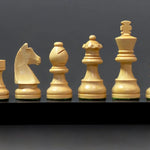
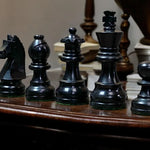
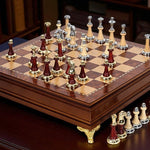
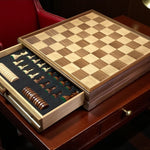
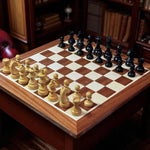
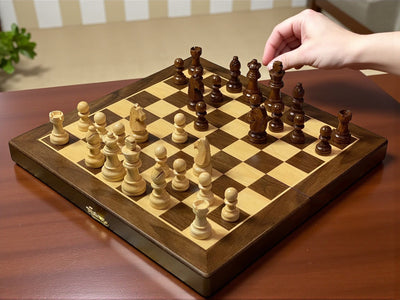

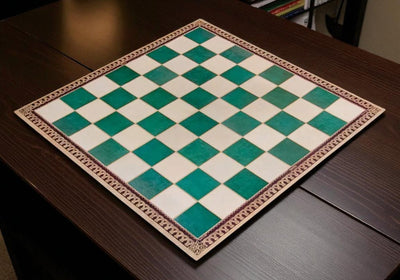
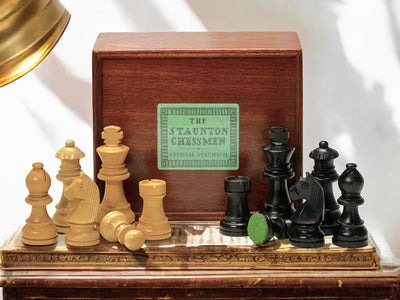
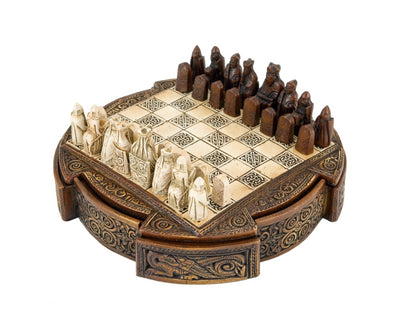
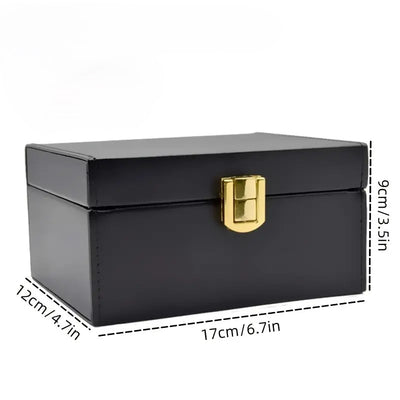
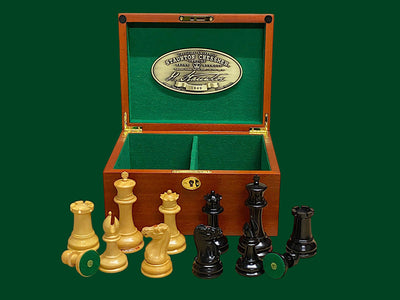
Leave a comment